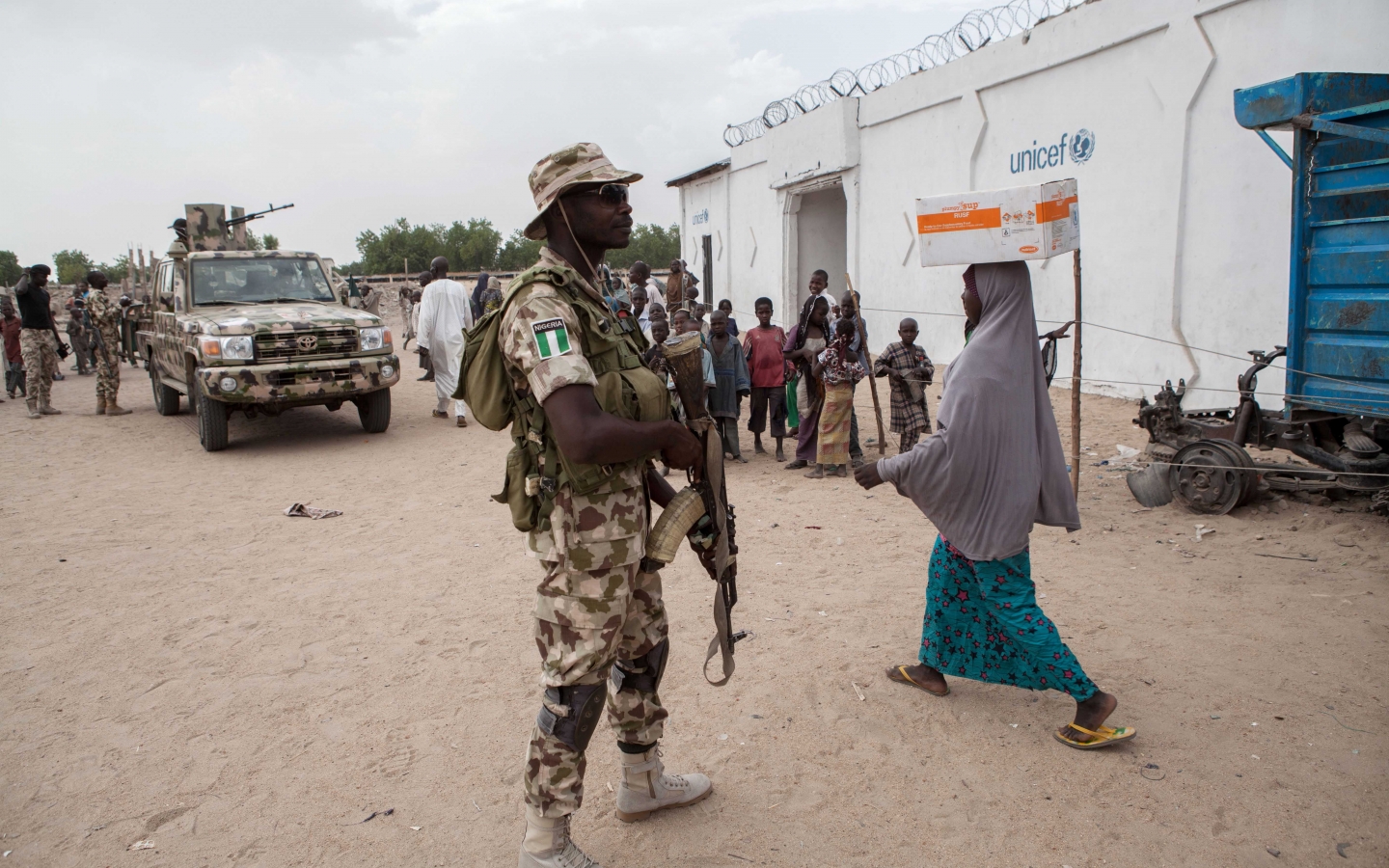Stalemate: Boko Haram’s new strategy means fewer attacks
8th October 2019

At its peak in 2014, the Boko Haram insurgency saw an average of 25 attacks monthly. These attacks in total killed about 11,743 persons, almost evenly divided in fatalities between civilian victims and Boko Haram terrorists, with state actors making up about 500 of the casualties.
However, a lot changed going into the election year of 2015 with a resurgent Nigerian military, enabled by acquisition of new military hardware, the insertion of Special Forces trained in Eastern Europe, the 72 mobile strike force trained by South African private military contractor STTP, and a general improvement in morale of regular troops led to dislodgement of Boko Haram from the territory they held, driving them back to relying on guerrilla attacks and suicide bombings on soft targets. There was also a schism within the terrorist organisation which led to the emergence of the splinter Islamic State West Africa Province faction first led by Abu Musab al-Barnawi, the son of the Boko Haram founder Mohammed Yusuf; and the Boko Haram faction led by Yusuf’s erratic successor, Abubakar Shekau.

Since 2015, the group’s deadliness has continued to decline. However, the number of attacks rose in 2017, declined in 2018 and has risen again in 2019. This rise and fall is influenced by several factors including but not limited to offensive military operations by Nigerian troops acting under Operation Lafiya Dole and the Lake Chad Basin Multinational Joint Task Force, and the insurgents’s tactics of withdrawing into enclaves to avoid military advances until pressure from government forces eases, after which the terrorists reemerge to launch new attacks.
Without doubt, there has been a huge decline in attacks by Boko Haram and casualties from those attacks – in 2018, there were 166 attacks, an average of 13 attacks per month. The number of casualties also dropped by 83% from 2014 to 1842 persons. Overall, the Nigerian government has succeeded in bringing down the total number of deaths due to Boko Haram to pre-2014 levels.

Nigerian security forces have not been as lucky, as there was only a 22% decline in their casualties compared to 2014 which was the worst year for the Nigerian military in this conflict. Tellingly, the number of armed personnel killed has seen a year on year increase since 2015. This tallies with the near-constant reports of attacks on military bases by the ISWAP faction in the Lake Chad region where it is most active. The constant losses suffered by the Nigerian Army against Boko Haram, the vulnerability of forward operating bases, limitations as a result of inadequate manpower and equipment, influenced the army’s decision to adopt a new strategy of merging smaller forward operating bases into what they term as ‘super-camps’ which they hope will provide them strength in numbers, make it harder for the terrorists to overrun them, and reduce losses of men and equipment.
However, this strategy has drawbacks: it has made the army less nimble, which means it is slower to respond to threats. The new strategy has also affected the military’s ability to dominate the area of operation and keep troops in remote areas in order to deny the insurgents freedom of movement. The super camps also depend heavily on patrols by troops who are exposed to threats from improvised explosive device and ambush. These threats are amplified by lack of adequate mine resistance and ambush vehicles and deteriorating morale of the fighting force.
It is important that we do not just focus on the numbers of attacks and casualties, but in what trend those attacks and casualties are going. A recent motion moved by two members of the House of Representatives from Borno State claims that Boko Haram controls as many as eight local government areas in the state. While this is probably an exaggeration, there have been reports by humanitarian organisations and residents, of Boko Haram moving unchallenged in the rural areas and setting up checkpoints.
In addition, the gradual regaining of territory by the terrorists punctures the claim by the Nigerian government that Boko Haram has been ‘technically defeated’ based on territorial gains and losses. The Lake Chad region may gradually be moving from a contested and stateless territory to one that is firmly Boko Haram-ISWAP controlled territory, a scenario which will end up taking us back to pre-2015 conflict levels as the Nigerian state will have no choice but to flood the region with troops to take back the territory.
This portends an ominous trend for Nigeria in the war, especially as the ISWAP faction is apparently committed to not inflicting civilian casualties, which means it can build local support and draw recruits. Such a scenario will prolong the war for much longer than it already has been running.
Download the complete report (10 pages)